When you take a generic pill for high blood pressure, you expect it to work just like the brand-name version. That’s because small-molecule drugs are made through chemical reactions-like baking a cake from a recipe. Mix the same ingredients in the same order, and you get the same result every time. But biologic drugs? They’re not made that way. They’re grown. Like plants. Or yeast. Or living cells in a tank. And that changes everything.
What Makes Biologic Drugs So Different?
Biologic drugs are large, complex molecules-often proteins-made inside living cells. Think of them as tiny machines built by biological factories. One of the first, recombinant human insulin (Humulin), hit the market in 1982. Today, biologics treat cancer, rheumatoid arthritis, Crohn’s disease, and type 2 diabetes. Drugs like Humira and Ozempic are biologics. They’re not chemicals. They’re living products.
These molecules can be up to 1,000 times bigger than a regular pill’s active ingredient. That size alone makes them impossible to replicate exactly. A small molecule like aspirin has one fixed structure. You can break it down, analyze every atom, and rebuild it perfectly. A biologic? It’s like trying to copy a snowflake under a microscope-no two are ever truly identical, even when made in the same lab.
The Manufacturing Process Is a High-Stakes Dance
Building a biologic isn’t a lab experiment. It’s a months-long, multi-step production line that runs like a living organism. First, scientists insert DNA into host cells-usually Chinese hamster ovary cells-to turn them into protein factories. Then, those cells are fed, kept at 36.5°C, bathed in precise nutrients, and monitored every minute for 10 to 14 days. One tiny shift in pH, oxygen, or temperature, and the cells start making the wrong protein-or worse, stop making it altogether.
After that, the protein must be pulled out of the cell soup. That’s downstream processing: filtering, chromatography, purification. One step alone-protein A chromatography-can remove 95% of impurities. But even then, you’re left with a mixture of slightly different versions of the same molecule. The FDA calls this “inherent variability.” It’s not a mistake. It’s biology.
The whole process takes 3 to 6 months. For a regular pill? Two weeks. And failure rates? Around 10 to 15% of batches get tossed. One batch can cost half a million dollars to make. A single contamination event can wipe out months of work.
Why You Can’t Have an Exact Copy
Generics are copies. Biologics can’t be copied. Not really. That’s why we don’t have “generic biologics.” We have biosimilars.
A generic drug must be identical to the original in active ingredient, strength, dosage, and performance. For biologics, that’s physically impossible. Even the same company can’t make two batches that are 100% identical. So regulators don’t demand perfection. They demand similarity.
Biosimilars must be shown to be highly similar to the original-no clinically meaningful differences in safety, purity, or potency. That means thousands of tests: structural analysis, biological activity, immunogenicity, animal studies, and often human trials. It’s not cheaper or faster than making the original. It’s just as expensive. Just as hard.
That’s why a biosimilar can cost 15-30% less than the original-instead of 80% like a generic. The R&D and manufacturing costs are nearly the same. You’re not saving money because the product is simpler. You’re saving because the patent expired and competition kicked in.
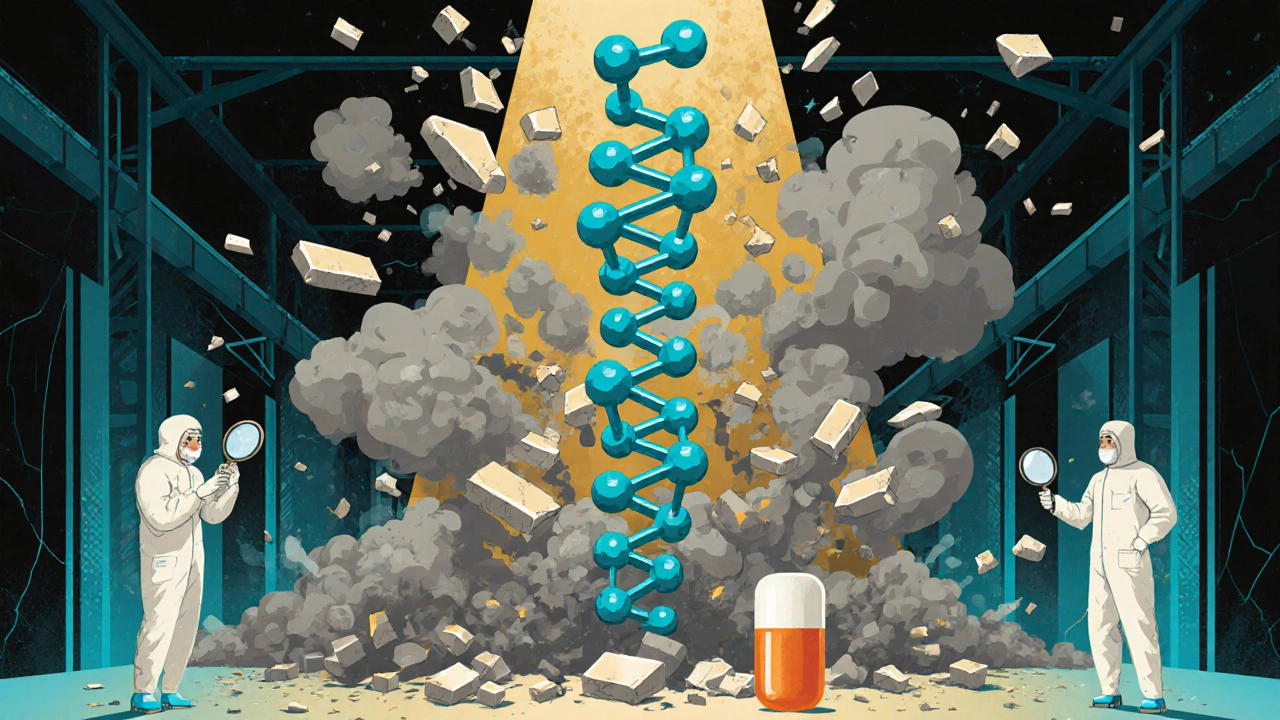
What Happens When You Try to Copy It Anyway?
Some companies have tried to cut corners. The results aren’t pretty.
Reddit threads from biotech workers tell horror stories: a batch ruined because someone used a different water filter. A $22 million delay when scaling from 2,000L to 15,000L bioreactors. A single-use bag leaking during transport, contaminating the whole run. These aren’t rare. They’re routine.
Manufacturing biologics requires ISO Class 5 cleanrooms-cleaner than a hospital operating room. Every person, tool, and air molecule is controlled. Even the paint on the walls matters. One study found that 35% of manufacturing failures were due to contamination. That’s more than process errors or equipment breakdowns.
And if you think you can reverse-engineer it? Forget it. Current analytical tools can only characterize 60-70% of a monoclonal antibody’s structure. The rest? We don’t know what it is. We just know it works. Changing even a small, unknown part could trigger immune reactions in patients. That’s not theoretical. It’s happened.
The Regulatory Maze
The FDA doesn’t treat biosimilars like generics. Their guidelines span over 200 pages. The European Medicines Agency’s? More than 300. You need to prove analytical similarity, pharmacokinetics, clinical efficacy, and immunogenicity. You can’t skip steps. You can’t shortcut.
And the paperwork? Each product comes with a dossier of 10,000+ pages. Every raw material source, every temperature log, every test result, every batch record. That’s not bureaucracy. That’s survival. One missing data point can delay approval by years.
It’s why only a handful of companies worldwide can make biosimilars. It’s not just about money. It’s about expertise. It takes 2-3 years just to train a scientist to run a bioreactor properly. Five to seven years to go from lab to market. And $100 million to $500 million in upfront investment.
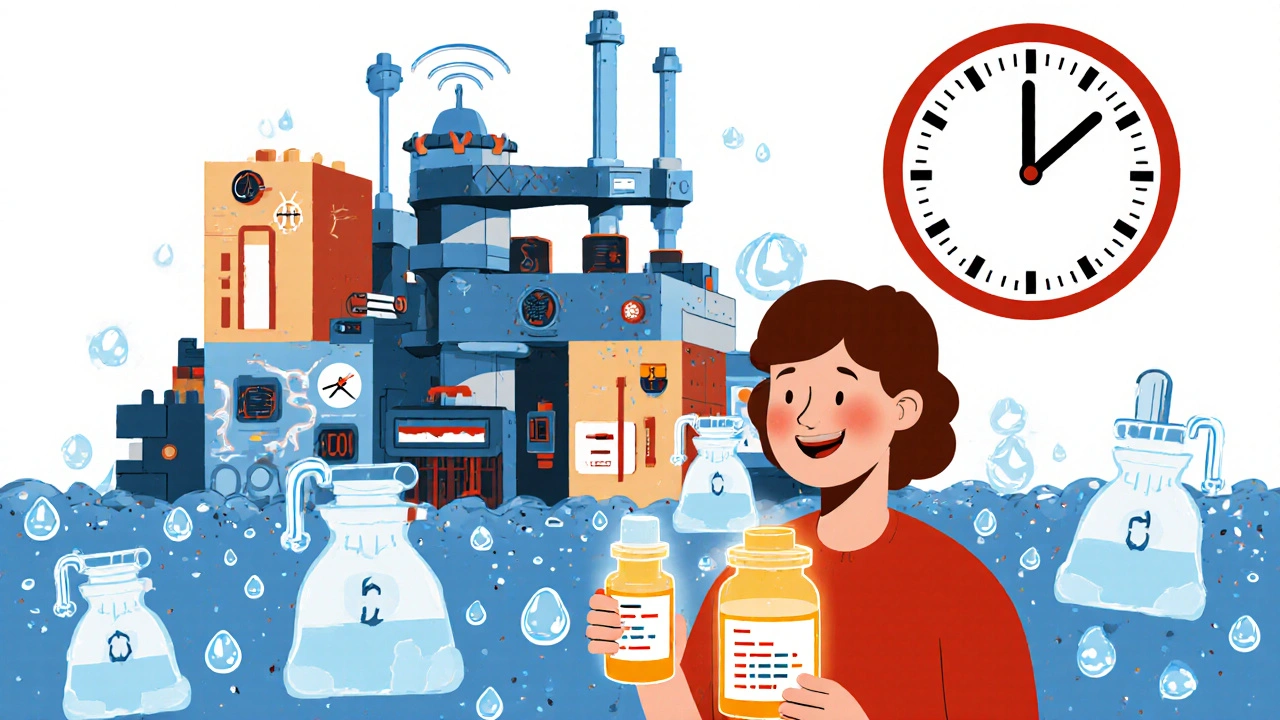
The Future: More Precision, Less Waste
Things are changing. New tech is helping. Continuous manufacturing-where the process runs non-stop instead of in batches-is now in 15% of new facilities. Real-time sensors monitor cell health as it grows. AI predicts when a batch might fail before it does.
Single-use bioreactors cut contamination risk by 60%. But they’ve raised material costs by 15-20%. It’s a trade-off. And sustainability? Big concern. Making one dose of a biologic uses 10 to 15 times more water than a regular pill. The industry is scrambling to fix that.
By 2030, modular, flexible plants might replace giant factories. Think Lego blocks of biomanufacturing. You swap in a new cell line, adjust the software, and start making a new drug. Faster. Cheaper. Safer.
But the core truth won’t change: biologics are too complex to copy. They’re not manufactured. They’re cultivated. And that’s why they’ll always be different from pills.
What This Means for Patients
If you’re on a biologic like Humira or Ozempic, don’t panic if your pharmacy switches you to a biosimilar. It’s not a downgrade. It’s a carefully validated alternative. Thousands of patients have made the switch. Studies show no increase in side effects or loss of effectiveness.
But if you’ve heard rumors that biosimilars are “cheap knock-offs,” that’s misinformation. They’re not. They’re the result of billions in investment, years of research, and extreme precision. The only thing cheaper is the price tag-and that’s because competition finally arrived.
Biologics are the future of medicine. They treat diseases we once couldn’t touch. And because they’re so hard to make, they’re also so hard to replace. That’s not a flaw. It’s the point.
Can biosimilars be substituted for the original biologic without a doctor’s approval?
In most countries, including the U.S. and Australia, biosimilars can only be substituted if they’re designated as "interchangeable" by regulators. Very few have reached that status. Even then, many states require the prescriber to authorize the switch. Always check with your doctor or pharmacist before switching.
Why are biosimilars so expensive if they’re "copies"?
They’re not copies-they’re highly similar versions built from scratch. The manufacturing process is just as complex and costly as the original. You’re paying for precision, not just the molecule. A biosimilar can still cost $50,000 a year per patient, but it’s 15-30% cheaper than the brand. That’s savings, not a bargain.
Do biosimilars work as well as the original biologic?
Yes. Regulatory agencies require biosimilars to show no clinically meaningful difference in safety, effectiveness, or immune response. Hundreds of thousands of patients have used them with the same outcomes as the original. If anything, the strict testing makes them more thoroughly studied than the original in some cases.
Is it true that biologics can’t be patented?
No, that’s a myth. Biologics are heavily patented-often with multiple patents covering the molecule, manufacturing process, formulation, and delivery method. These patents can last 12+ years after approval, with extensions. That’s why biosimilars only enter the market after the patent expires, and why they’re still expensive to develop.
Are biosimilars safe for long-term use?
Yes. Long-term data from Europe, where biosimilars have been used since 2006, shows no increase in adverse events over time. The same applies in the U.S. and Australia. Regulatory agencies require ongoing safety monitoring, and real-world data continues to support their safety profile.

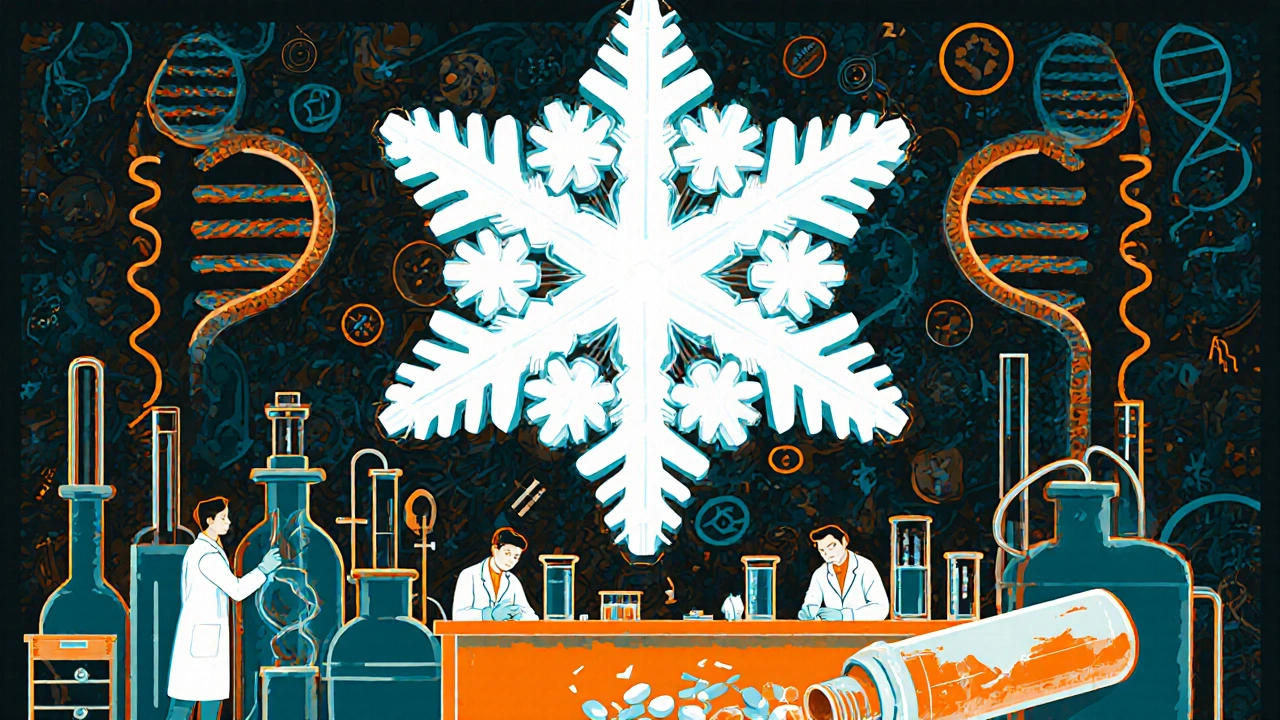

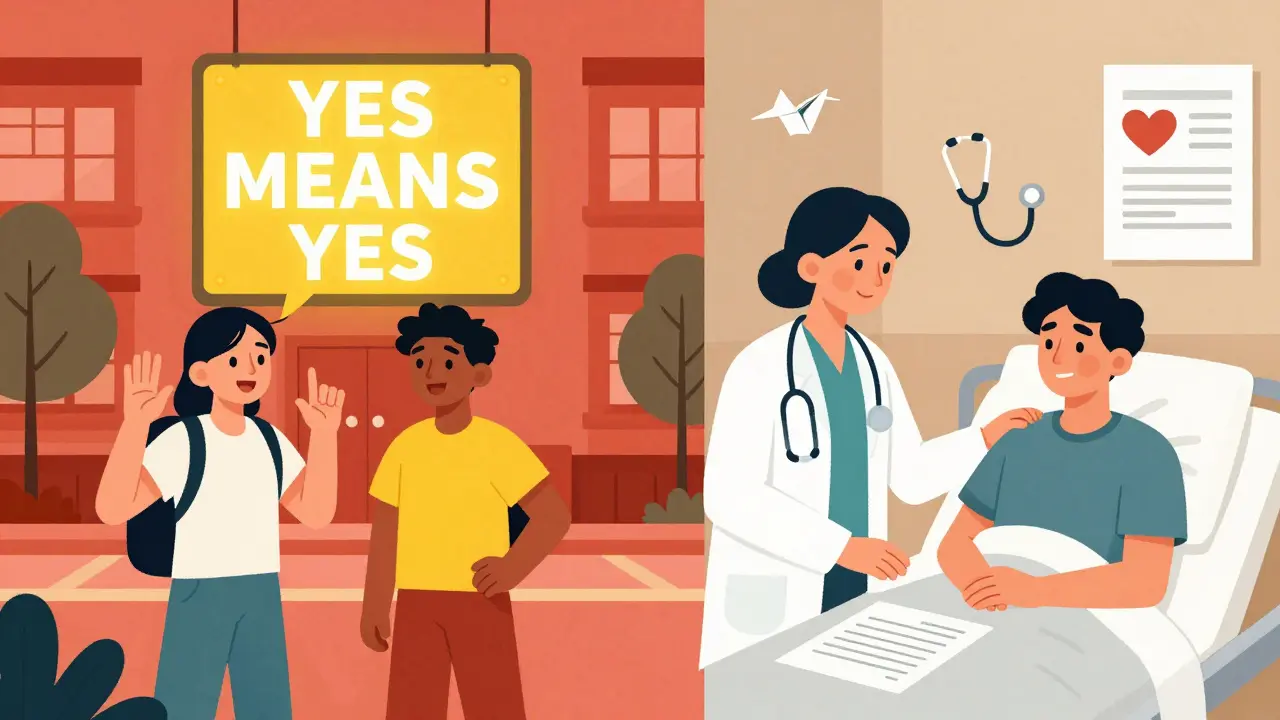
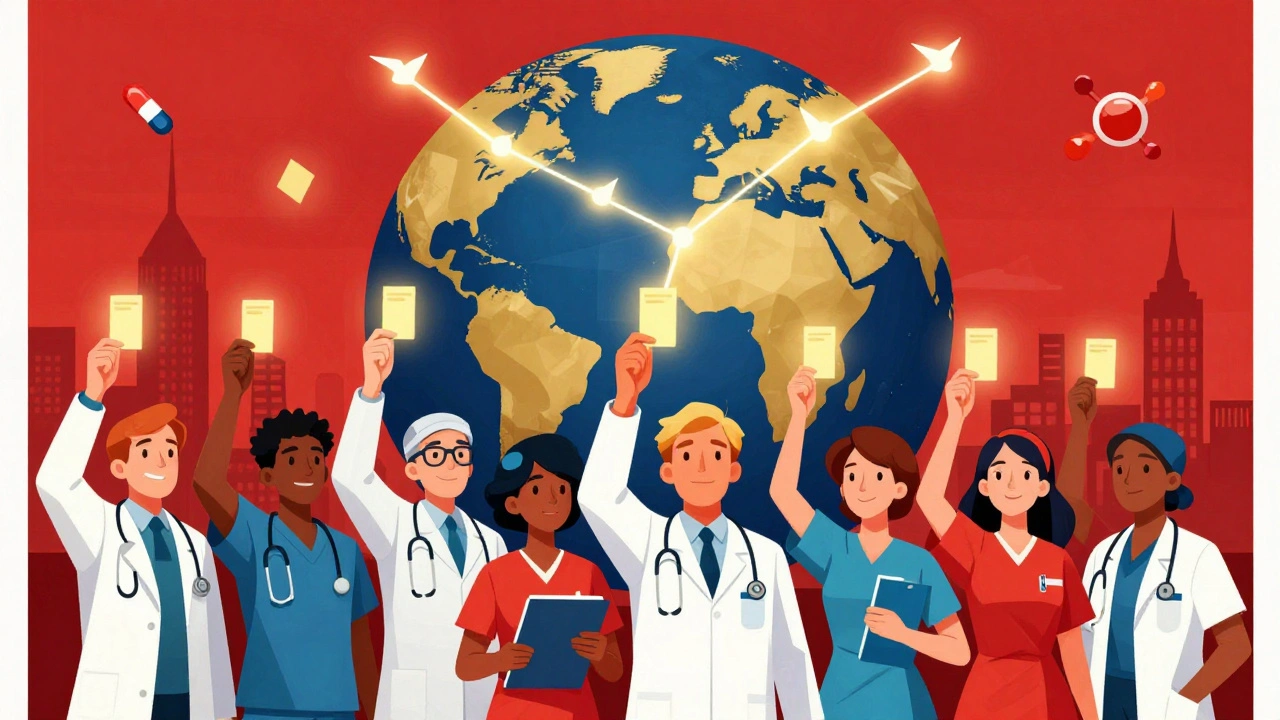
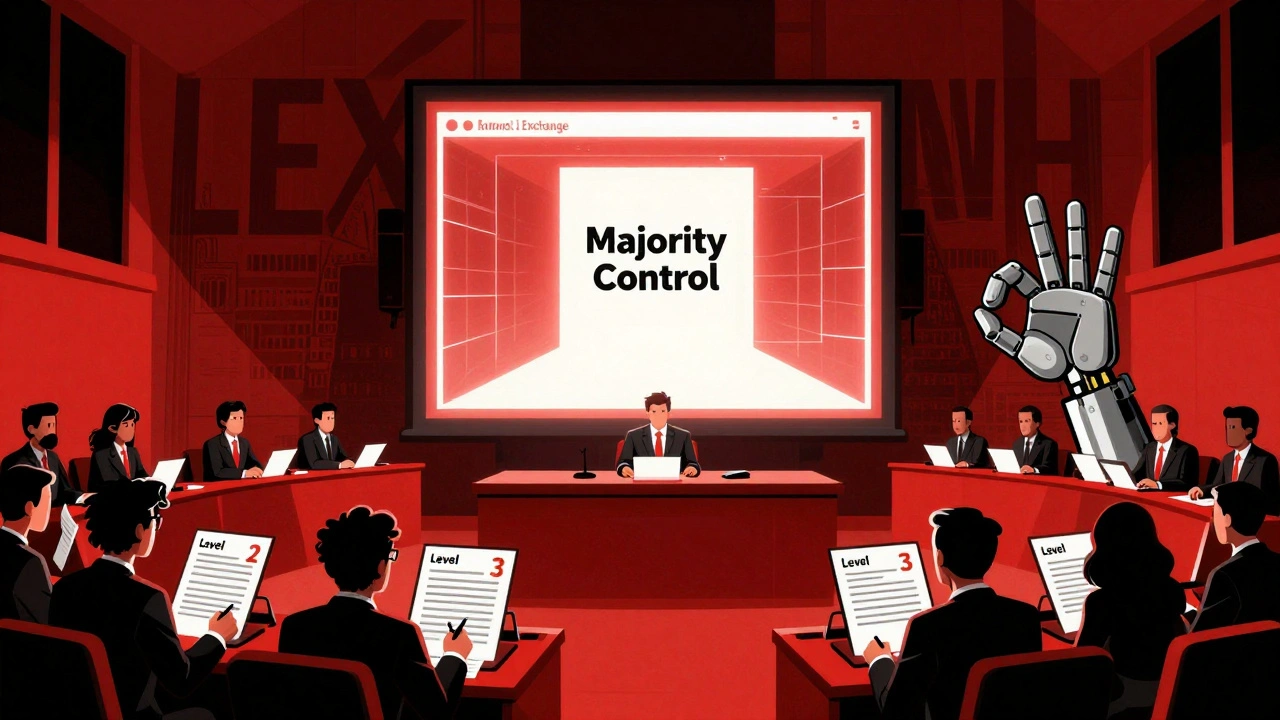
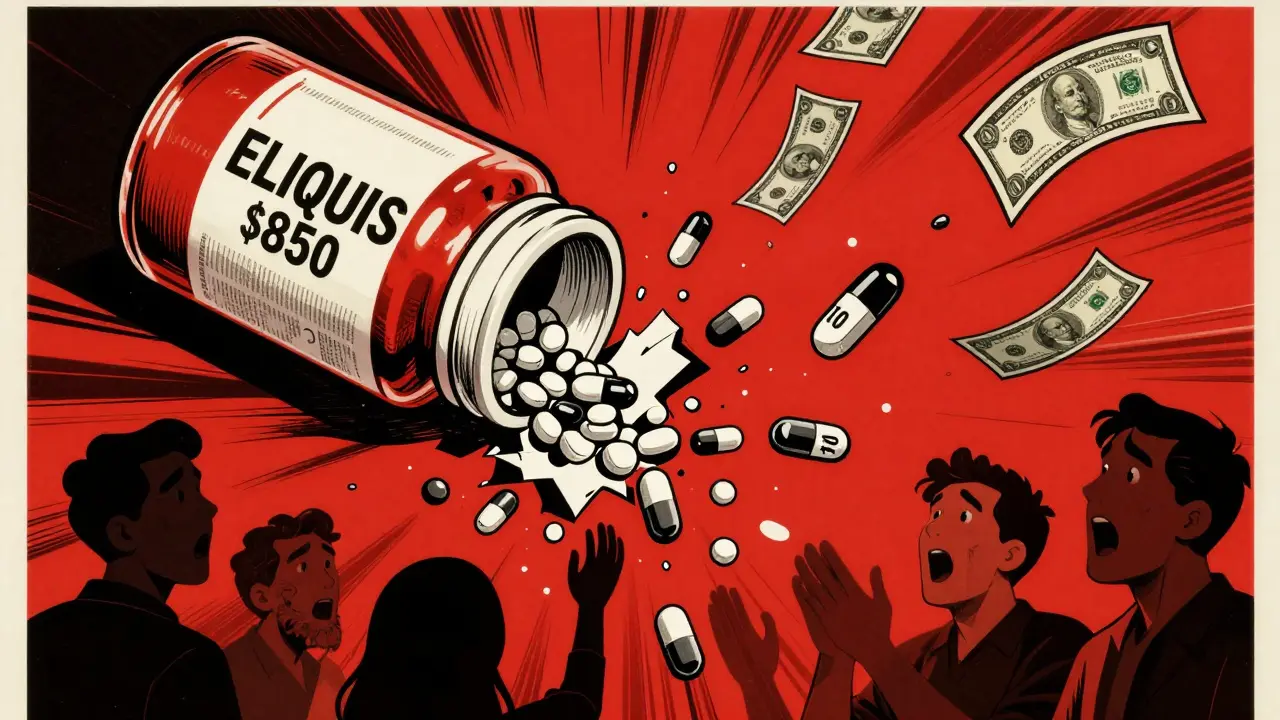
Ryan Everhart
November 14, 2025 AT 09:46Alex Ramos
November 14, 2025 AT 18:07Chrisna Bronkhorst
November 15, 2025 AT 23:56Amie Wilde
November 16, 2025 AT 20:10Shante Ajadeen
November 18, 2025 AT 14:50Mark Rutkowski
November 20, 2025 AT 06:01Biologics remind me of jazz - same notes, same instruments, but no two performances are alike. And that’s not a bug. That’s the art of life.
Erica Cruz
November 20, 2025 AT 11:20Johnson Abraham
November 20, 2025 AT 23:24Esperanza Decor
November 21, 2025 AT 00:41David Barry
November 22, 2025 AT 00:00Gary Hattis
November 22, 2025 AT 15:18Eve Miller
November 23, 2025 AT 09:18Alyssa Lopez
November 24, 2025 AT 23:39Deepa Lakshminarasimhan
November 25, 2025 AT 10:49edgar popa
November 27, 2025 AT 07:48